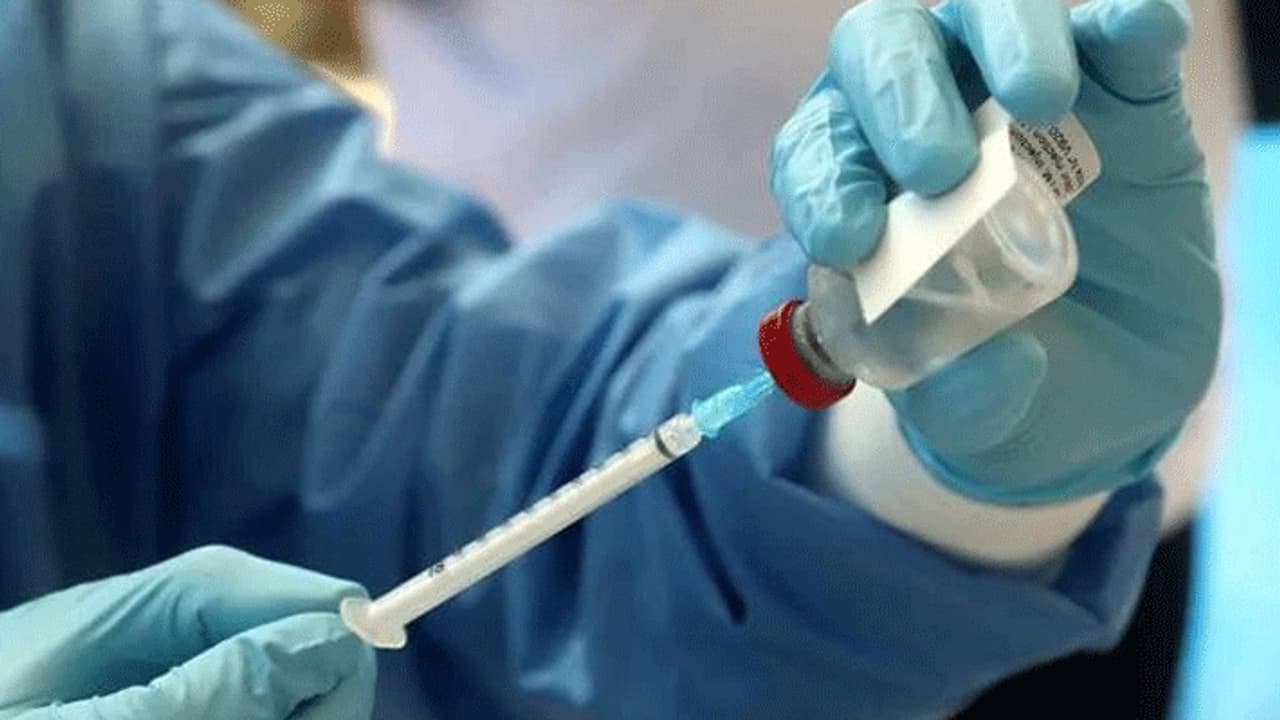Close contact with an infected animal or exposure to its bodily fluids poses a significant risk of transmission, and once a person is infected, they can further transmit the virus to others.
The recent Nipah alert in Kozhikode, Kerala, has once again sent shockwaves through the region, evoking grim memories of previous outbreaks that claimed numerous lives. Nipah, a zoonotic virus, has the potential to leap from animals to humans and subsequently spread among humans.

It derives its name from the Malaysian village where it was first identified, and fruit bats, commonly known as flying foxes, serve as the primary hosts for the Nipah virus.
Kerala: Two deaths in Kozhikode spark Nipah virus concerns
When fruit bats become infected with the virus, they can transmit it to humans or other animals. Close contact with an infected animal or exposure to its bodily fluids poses a significant risk of transmission, and once a person is infected, they can further transmit the virus to others.
Nipah infections can result in a range of health problems, from respiratory issues to fatal encephalitis, characterized by inflammation of the brain. Early symptoms include fever, headache, cough, difficulty breathing, and vomiting, while more severe cases can lead to disorientation, seizures, and coma. The World Health Organization (WHO) reports that the fatality rate for Nipah infection varies between 40 percent to 75 percent.
Currently, there are no specific drugs or vaccines available for Nipah. The WHO recommends intensive supportive care to treat severe respiratory and neurological complications associated with the infection.
India's G20 Triumph: 5 Game-Changing Moments
However, the most effective approach to reducing or preventing Nipah infection in people is through raising awareness. The WHO emphasizes the importance of public education initiatives that encourage people to thoroughly wash fruits before consumption and to take precautions when coming into contact with infected individuals.
In the face of this potentially deadly virus, awareness and preventive measures remain our best defense.
